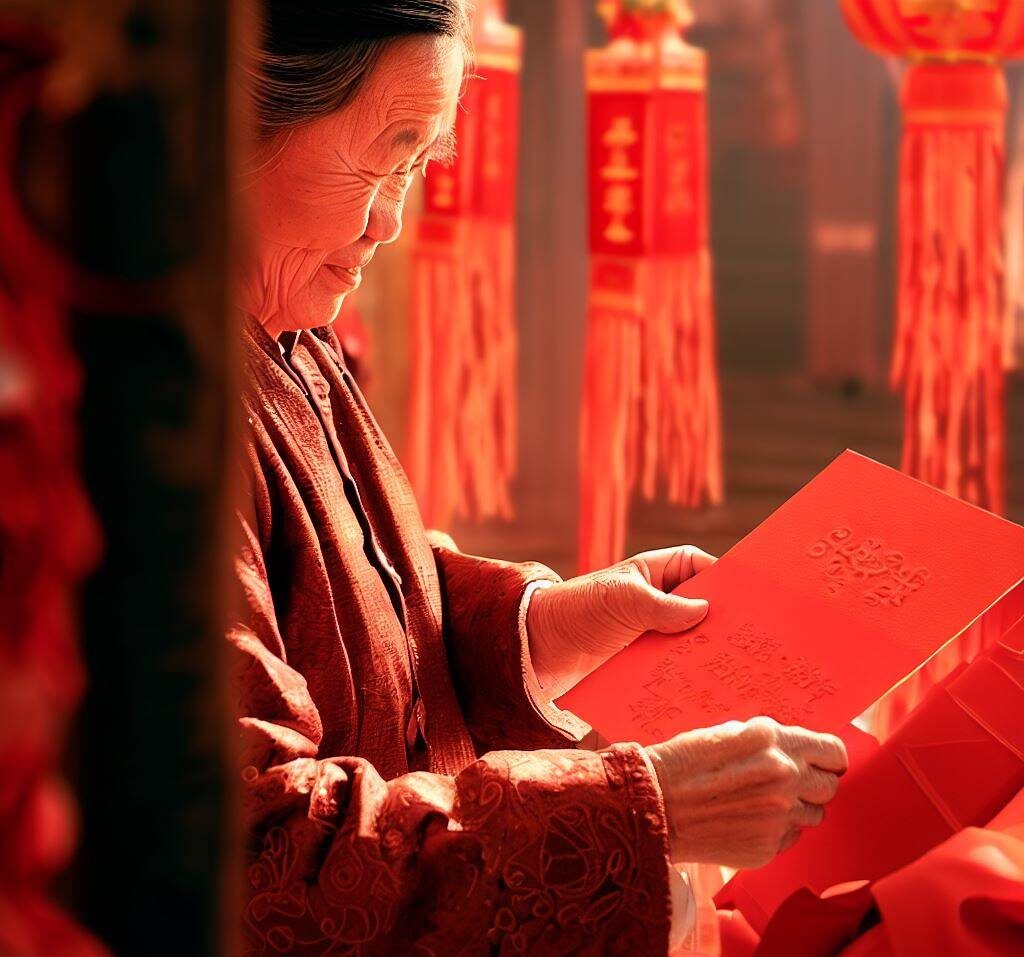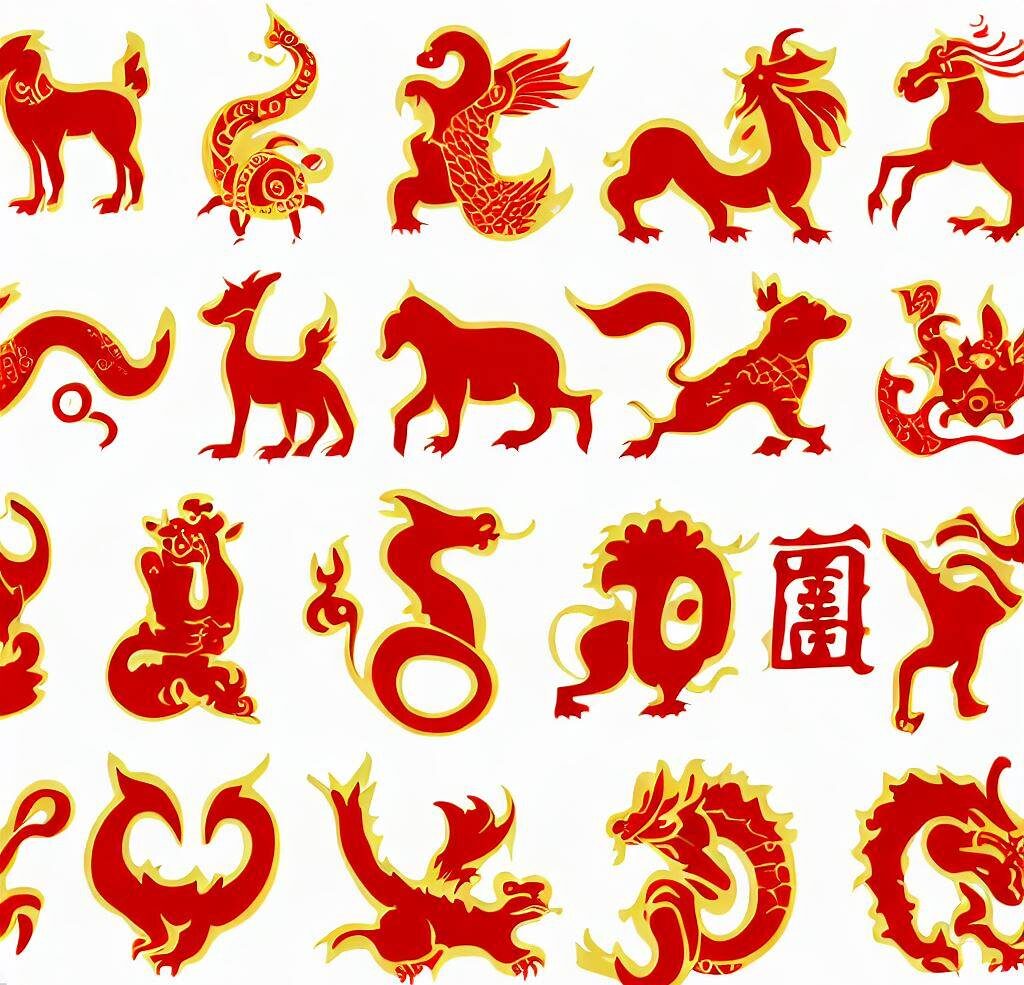Red Envelope Tradition in China

Red Envelope Tradition in China
Red envelopes, originally as 红包 “hongbao” in Chinese, are traditional gifts in China that contain money. They are given on special occasions such as weddings, New Year’s Day, and other celebrations. The tradition of giving red envelopes in China dates back thousands of years and has a rich cultural history.
The History of Red Envelopes
The History of Red Envelopes in China Red envelopes have a long history in China, dating back to the Qin Dynasty (221-206 BC). During the New Year’s festival, people would thread coins with a red string and give them to children as a symbol of good luck and fortune. In the Tang Dynasty (618-907 AD), red envelopes were given to government officials and their families as a way to show appreciation and respect.
However, it wasn’t until the Qing Dynasty (1644-1912) that red envelopes became widely used. At this time, the envelopes were given as gifts to children during the Chinese New Year. The money inside was believed to bring good fortune and ward off evil spirits. The envelopes were also given to unmarried adults as a way to wish them good luck in finding a spouse.
Today, red envelopes are still a popular tradition in China and are given on many different occasions. They are a way to express gratitude, appreciation, and goodwill. In recent years, the tradition has become more widespread and is now commonly used in other Asian countries such as Vietnam, Malaysia, and Singapore.

Red Envelope Habits in China
In China, red envelopes are typically given during the Chinese New Year, weddings, and other special occasions. They are usually given by older family members to younger family members, friends, and employees. The amount of money inside the envelope varies depending on the occasion and the relationship between the giver and receiver.
During the Chinese New Year, it is customary for married couples to give red envelopes to unmarried family members and friends. The amount of money inside the envelope is usually an even number, as odd numbers are considered unlucky. The amount of money can also vary depending on the age of the recipient. For example, children may receive more money than adults.
In addition to the Chinese New Year, red envelopes are also given at weddings. They are typically given by the bride and groom to their guests as a way to thank them for attending the wedding. The amount of money inside the envelope can vary, but it is usually an even number.
Red envelopes are also given to employees during the Chinese New Year as a bonus. The amount of money inside the envelope varies depending on the company and the employee’s position. However, it is usually a month’s salary or less.
Conclusion
Red envelopes are an important part of Chinese culture and have a long history. They are given during the Chinese New Year, weddings, and other special occasions as a way to express goodwill and gratitude. The amount of money inside the envelope varies depending on the occasion and the relationship between the giver and the receiver. Red envelopes are an important part of Chinese culture and will continue to be used for generations to come.








